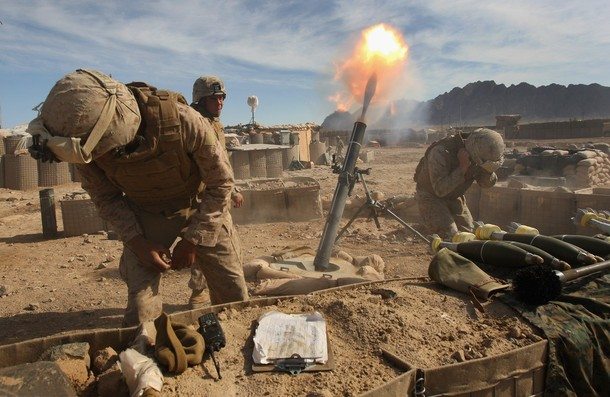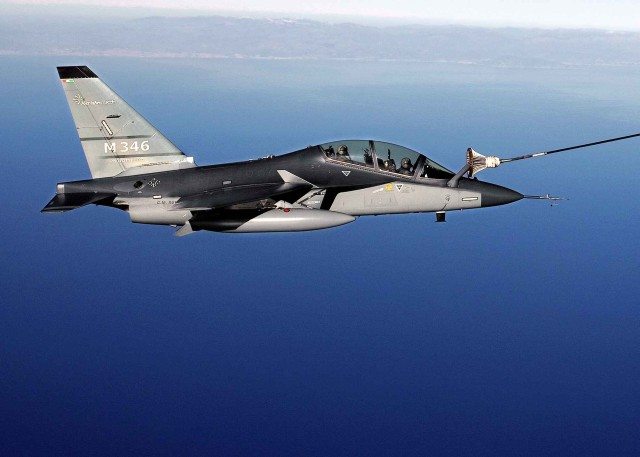The United States infantry has some of the finest mortar systems in the world. They are lightweight, have great range, and provide a significant amount of lethal and destructive fire to close-range combat. And so, why would anyone think about tweaking something that has already been proven very capable in training and in combat?
“It is all about our troops maintaining the competitive edge over potential adversaries,” said Wayland Barber, chief of the Mortars and Recoilless Rifle Branch at Benét Laboratories. “Even without funding for new weapons research, Army scientists and engineers are always seeking opportunities to improve weapons systems that are in the field.”
“No sooner than we field a new mortar system, our customers demand that we make it better in regards to extended range, increased lethality or capability, and reduced weight,” said Barber. “This triggers the entire Army research community, from those who improve the lethality of ammunition to those who design the delivery system, to work on parallel and converging fields of science to achieve a common goal.”
Barber supervises a team of 14 Department of the Army civilian engineers and technicians who not only design and build prototypes of future mortar and recoilless systems, they also design product improvements of what has already been fielded. Given today’s fiscal challenges due to sequestration, and the lack of any major orders for new weapon systems, improving what the U.S. military currently has fielded drives Barber and his team’s near-term focus.
Some of the latest work at Benét Labs transcends all fielded mortar systems in the U.S. inventory, from 60-mm to 81-mm to 120-mm mortars.
“The current 120-mm mortar system has good range, is reliable, and the troops like it,” said Bob Cooley, a Benét Labs Integrated Process Team leader. “But as good as that system is, we have several product improvements that we are currently working that may improve Soldiers’ safety, increase range by up to 25 percent, and reduce the system’s weight by nearly 16 percent.”
“One of the major upgrades to the 120-mm system is with its bipod,” Cooley said. “Our bipod redesign will improve the accuracy of the system because it moves the fire control system from the tube to the bipod.”
According to Cooley, the fire control system, or FCS, is currently attached to the tube, which in turn places a significant amount of stress and movement on the FCS during a fire mission. By moving the FCS to the bipod, there will be less force exerted on the system, which in turn will improve accuracy.
Another design improvement for the 120-mm mortar system includes a new baseplate that will not only provide more stability for extended range munitions, it will save U.S. taxpayers money. If and when the redesigned baseplate goes into full production, the cost of the baseplate will be reduced by nearly 50 percent over the current legacy system. The qualification test was recently completed with the firing of 3,000 rounds without incident.
The final piece to the redesigned 120-mm mortar system is an improved cannon tube. When extended range ammunition is developed, the tube must also be modified to withstand higher tube pressure, heat, and muzzle velocity.
Benét Labs plans to conduct a full-quality testing of the redesigned 120-mm mortar system in fiscal year 2015, and Barber’s team is also doing research and design work on the 60-mm and the 81-mm mortar systems. News of those potential product improvements will be released in a future story.
Some at Benét pride themselves in that they made it (weapon system design), just before they made it better. In essence, this team is never satisfied having met the prescribed technical data standards for product development, because they know that there is an American serviceman or woman whose life will depend on their product. If there is any chance to make our troops more lethal or safer, Benét research will discover it.
Benét Labs has a rich history of designing and fielding new weapon systems. Although Benét officially opened its doors as the Army’s large caliber research and design facility in 1962, its weapons research at the Watervliet Arsenal dates back to the 1840s. Therefore, seeking to improve previously tested and fielded weapon systems is not just a task that the Benét’s workforce does when work for new weapon systems dries up, doing continuous product improvement is in their DNA.
—–
The Watervliet Arsenal is an Army-owned-and-operated manufacturing facility and is the oldest, continuously active arsenal in the United States having begun operations during the War of 1812. It celebrated its 200th anniversary in July 2013.
Today’s arsenal is relied upon by U.S. and foreign militaries to produce the most advanced, high-tech, high-powered weaponry for cannon, howitzer, and mortar systems. This National Historic Registered Landmark has an annual economic benefit to the local community in excess of $100 million.











